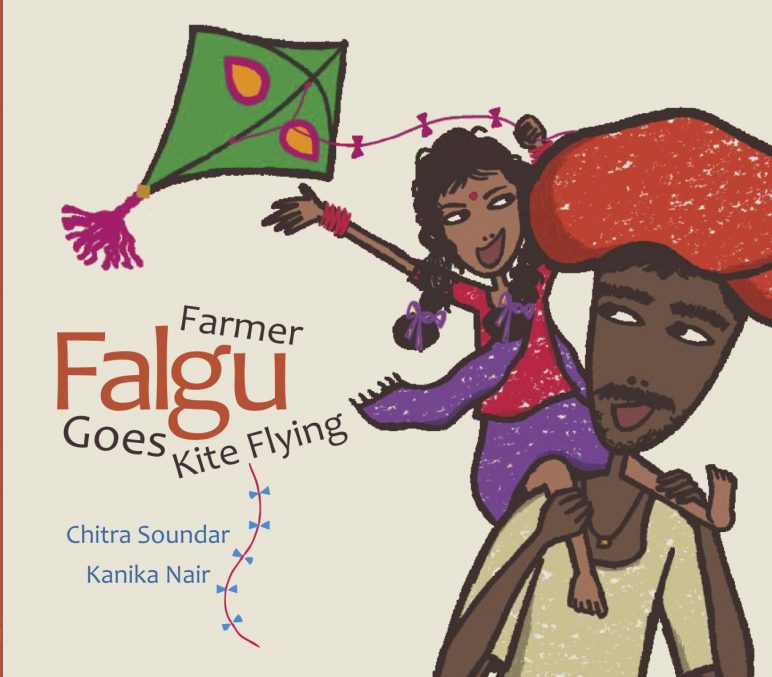This weekend marks the start of the Harvest Festival across India. Called Pongal Pandigai in Tamil Nadu, where I come from, it’s also celebrated as Sankaranthi across the country.
India’s harvests are monsoon dependent. In the North, the harvests are scheduled twice a year – one for summer and one for spring. However in the South, the harvest festival is celebrated to mark the entry of sun into the house of Capricorn, ie, it begins its northern ascent for six months before dipping again.
On this day, we celebrate by making Pongal, the boiling of new rice, fresh from the harvest and making sugar pongal (a rice pudding made out of rice and jaggery) and rice pongal which is savoury (which my brother-in-law calls stodgy rice much to our amusement and his peril). The sugar is also a seasonal element here as the harvest of sugarcane is reaped in January too.

It is my total belief that my mum makes the best pongal ever. However if you’re looking for authentic south Indian recipes for these, check out this.
Tamils, the people of Tamil Nadu from the south of India, wherever they are in the world, whether they had migrated thousands of years ago or have emigrated recently, celebrate this festival.
The festival is celebrated over four days and is based on the assumption that most Tamils live in villages, work on the farms and they subsist through the land. Therefore the day after harvest, they have more expendable cash and time.
The first day is called Bhogi – the day the family gets ready for the festival. They get rid of old things and furnish their house with new things, paint their house and get ready for the festival. It did create an unhealthy habit of burning stuff on the streets which I’m told is no longer encouraged.
The second day is the celebration of the Pongal festival. With sugarcanes, milk and rice boiling in bronze pots and prayers to the sun god, this day is a wonderful celebration of hardwork and toil on the land especially in regions that do not have perennial rivers and the farmers live by chasing dark clouds of the monsoon.

The third day of the celebration is dedicated to the cattle that help the farmers on the farm. It’s called Mattu Pongal – and the bulls are washed and their horns decorated. In some parts of the state, a bull-chasing ceremony is organised. Extremely dangerous yet very characteristic of the culture for thousands of years, Jallikattu as it’s called, has come under modern scrutiny.
Now, that all festivities are done, it’s time to spend that money from the harvest. So the fourth day is celebrated as Kaannum Pongal, where people go on family outings to fairs, movies, seasides, parks etc. As India and especially Tamil Nadu is home to one of the biggest cinema industries in the world, this day marks the release of popular movies of the year too. This day families get together and enjoy spending time together. In our families, this is a day to honour and pray for siblings wherever they are, by offering coloured rice to the crows.
Farmer Falgu however is not from the south. He’s from Rajasthan and he too celebrates the harvest but differently. Being a farmer, the festival of Sankaranthi is extremely significant for him. In Rajasthan on the day of the outing, everyone flies kites and mark the day of the kite festival. It would be remiss not to celebrate a festival full of colour and joy and that’s what we’ve done in this book Farmer Falgu Goes Kite-Flying. Illustrated by Kanika Nair and published by Karadi Tales in India and the US, Red Robin Books in the UK, it’s the perfect book for little ones this harvest season. 
